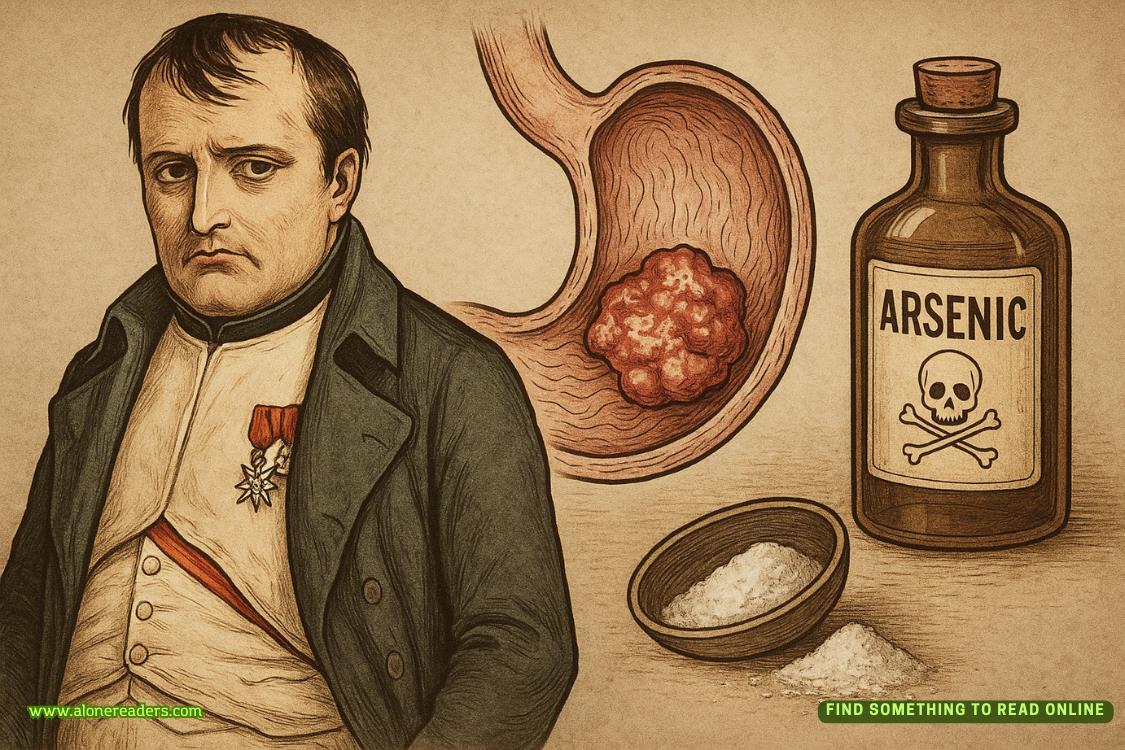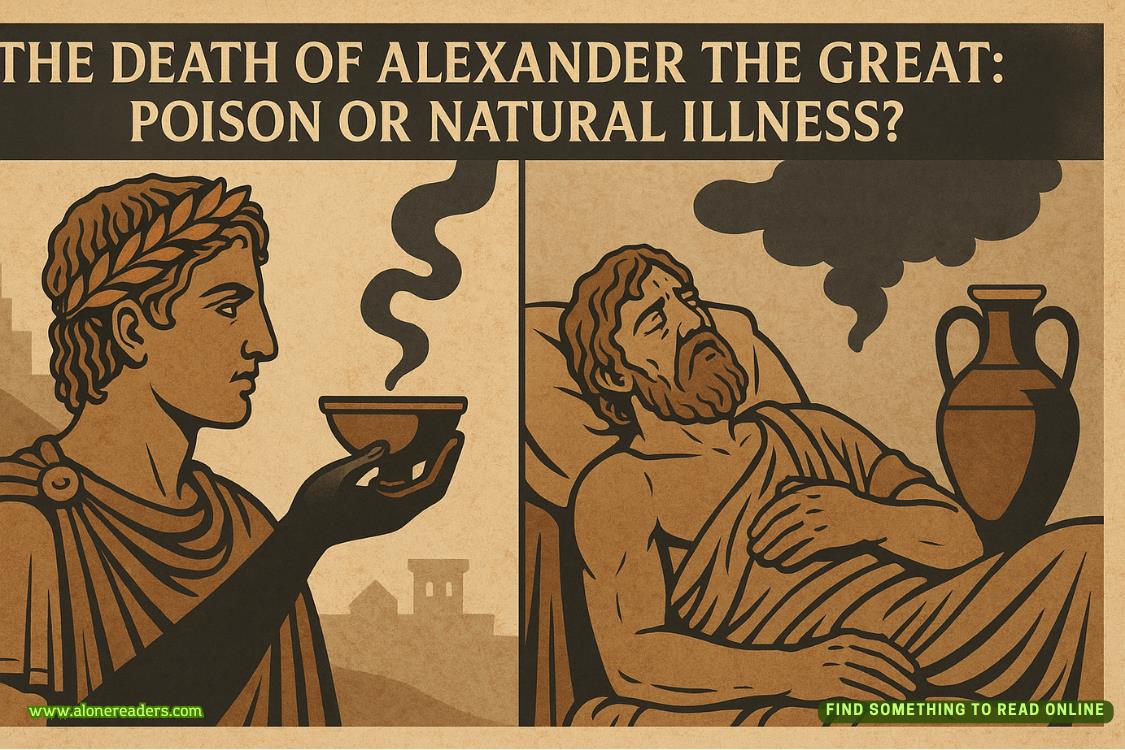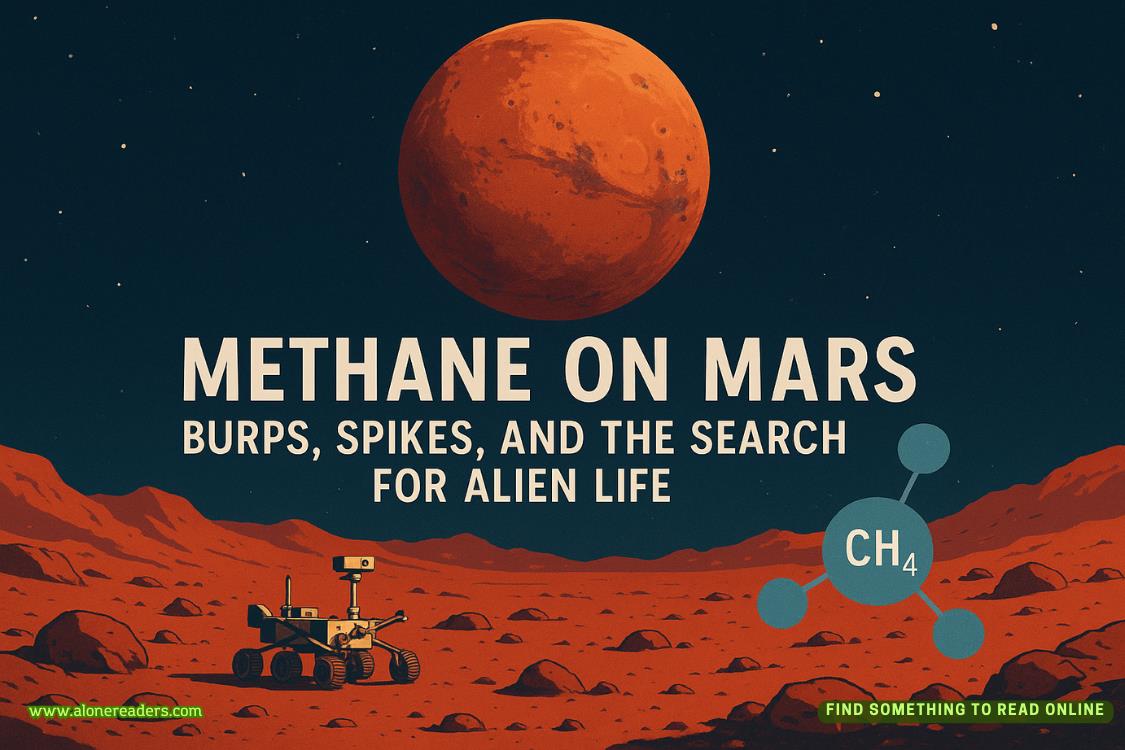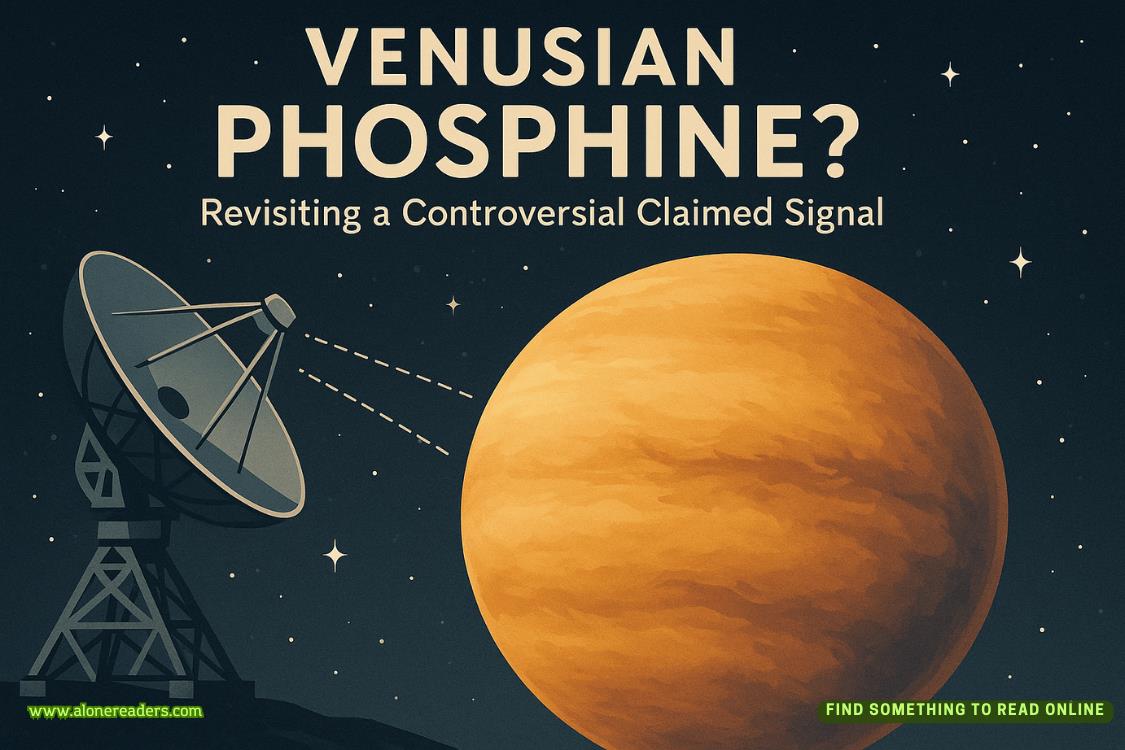Page 17 of Knotting on Heaven's Door
Focus.
I dove into the emails piling up in my inbox—client menu updates, quote requests, new tasting date proposals. I reviewed a weekend wedding schedule, sent confirmation notes to vendors, and double-checked our standing orders from the produce supplier. I flagged a few invoices for Mila to approve later, and put in a rush order for specialty duck breasts, heirloom carrots, and the saffron I’d been waiting on for weeks.
Click. Type. Approve. Next.
The rhythm of it helped. Let me slip back into the version of myself that made sense—Ada de la Vega, owner, boss, the woman who didn’t take risks unless they were measured and backed by data.
I took another breath.
Held it.
Released it.
Damn it.
My fingers hovered over the trackpad like I could will myself not to do it.
But of course I did.
I turned back to my laptop, opened a new tab, and typed it in before I could change my mind:
Sebastian Laurente.
The results populated instantly—of course they did. The name alone triggered a flood of articles, photos, and press releases. Laurente was old money. Not just old, but ancient.Wine estate in Bordeaux. A stake in a boutique hotel chain. Art investments. A fashion house. A seat on the board of some philanthropic foundation that made it sound like they cured cancer on the weekends.
And Sebastian?
Right there in the thumbnails, looking like sin in a tailored suit with that smirking mouth and infuriating jawline. One of him on a red carpet. Another at a fundraising gala in Monaco. One where he was standing next to his father—Étienne Laurente, cold-eyed and aristocratic—at some dinner event, captionedLaurente heir spotted at the Montclair Foundation benefit alongside European business elites.
I clicked through, scanning headlines.
Laurente heir Sebastian seen leaving board position, citing “creative divergence.”
From kitchens to crypto? Inside Sebastian Laurente’s unexpected detour into Web3.
Spotted: Laurente’s wild summer off the Amalfi coast with heiress Natalia R. and mystery blonde.
I rolled my eyes so hard it hurt.
The deeper I scrolled, the worse it got. He waseverywhere—interviews, party photos, gossip pieces. Half of Europe probably had an opinion on the way he tied his scarf. But the articles stopped about a year ago. After that: silence. No more appearances. No more public statements. Just—gone.
Until he showed up in my kitchen.
I hesitated for a second before clicking the headline, squinting at the screen like it might bite.
Crypto? Is that like… bitcoin and stuff?I muttered under my breath, already regretting it as the article loaded.
It was dated just over two years ago. Slick layout, dramaticheadline font, and a full-width photo of Sebastian standing on the deck of a luxury yacht, sunglasses on, a half-smirk playing at the corners of his mouth. He looked expensive. Unbothered. Dangerous in that specific way that made people throw money at bad ideas.
I started to skim.
Apparently, he and two other"young visionaries"launched a crypto startup that promised exclusive digital tokens tied to high-end culinary experiences—private dinners with Michelin-starred chefs, vineyard access, even a rumored collab with some French prince-turned-entrepreneur.
I snorted.
It hadscamwritten all over it.
The first few months were a media circus—interviews, hype, pre-launch investment parties full of buzzwords and champagne. But then, the money vanished. The company folded. Investors came knocking. And it turned out, no one could explain where the millions had gone.















